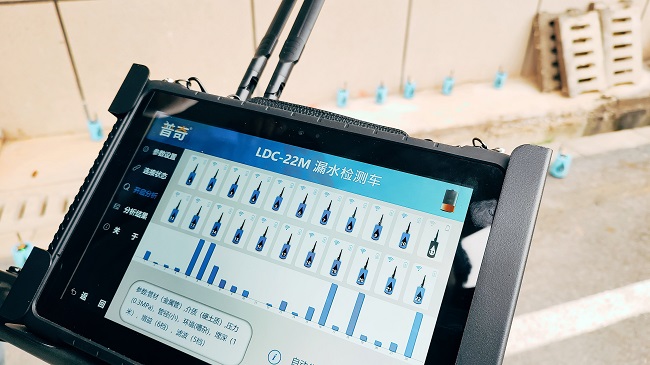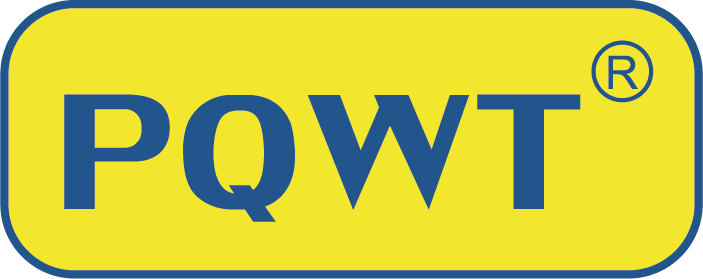As an important part of urban infrastructure, underground pipe networks carry important functions such as water supply and drainage. However, due to the increase in service life and aging of materials, the leakage problem of pipeline network is becoming more and more prominent, which brings great challenges to water supply enterprises and the society. Therefore, the leakage detection of underground pipe network has become an important problem to be solved.

We need to face up to the serious consequences of underground pipe network leakage. Nationwide, the annual leakage caused by water supply pipe network leakage is up to billions of cubic meters, which not only leads to water supply enterprises to face huge economic losses, but also wastes a large amount of valuable water resources. In addition, leakage may also cause road cavities, ground subsidence and other safety accidents, posing a serious threat to the lives of residents and transportation safety.
The traditional means of leakage detection has been difficult to meet the needs of modern urban pipe network management. Although manual inspection is a traditional and effective method, the labor cost is high and inefficient, and it is difficult to cover all pipelines. With the aging and complexity of underground pipelines, the traditional inspection methods have been difficult to cope with the increasing leakage problems.
We urgently need to adopt advanced non-destructive testing technology and sensor technology to improve the efficiency and accuracy of leakage detection in underground pipeline networks. pipeline leak detector and other advanced equipment can capture the sound vibration and other signals generated when the pipeline is broken, which can help the inspectors to quickly locate the leakage point. At the same time, through data analysis and pattern recognition technology, we can also conduct in-depth mining and analysis of leakage data to provide a scientific basis for the maintenance and management of pipeline networks.
When using these advanced technologies, we also need to fully consider the impact of various factors. For example, different pipe materials, pipe diameters, burial depths and other factors may have an impact on the detection results. Therefore, in actual application, we need to choose suitable testing methods and equipment according to the specific situation and make necessary calibration and adjustment.
In addition to the updating of technical means, we also need to strengthen the attention to the leakage problem of underground pipeline network from the management and policy level. Government departments should increase investment in the construction and maintenance of pipeline networks and promote the renovation and renewal of old pipeline networks. At the same time, it should also establish a perfect leakage monitoring and early warning system to realize the timely detection and treatment of leakage problems in the pipeline network.
To summarize, leakage detection of underground pipeline network is a complex and important work. We need to respond to the current challenges through technological innovation and management innovation to reduce the leakage rate of pipeline network, protect water resources and ensure the safety of residents' lives.








